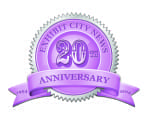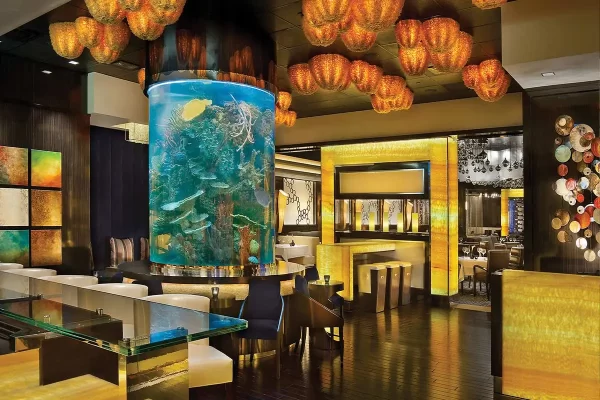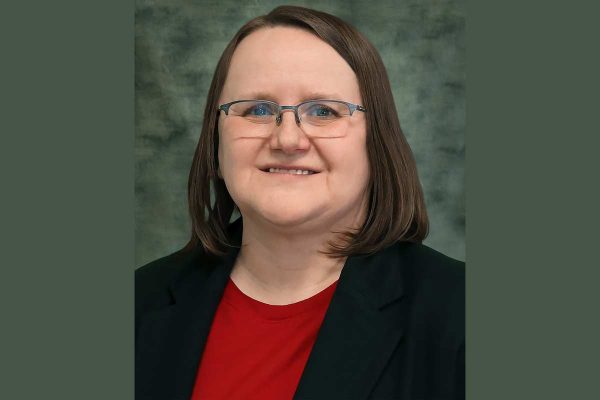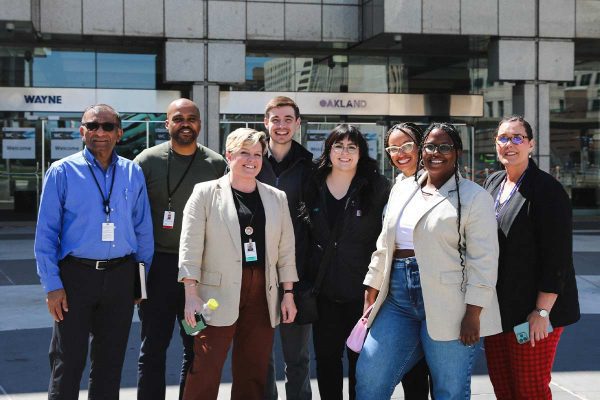 By Douglas Ducate
By Douglas Ducate
Contributors Larry Arnaudet and Frank Poe
Our industry as we know it today was born some 40 years ago. It has shown a remarkable resistance to decline and an amazing resiliency for bounce-back recovery — even from an event as horrendous as 9/11.
The terrorist attack on America on Sept.11, 2001, had a profound effect on people and businesses all over the world. The meeting and exhibition business felt the impact immediately.
First, the Jacob K. Javits Convention Center in mid-town Manhattan was transformed into a triage center. The center was not available for events until after the first of 2002.
With the shutting down of air travel, those attending events at the time could not get home. Organizers had to decide whether to keep their events open or close. One of those, PACK EXPO, organized by PMMI, was in progress in Las Vegas. The staff and officers under the leadership of PMMI President Chuck Yuska made the decision to carry on. Television sets were brought in and strategically placed throughout the event space, so exhibitors and attendees could keep up with developments while visiting the show.
Events scheduled for the following week were cancelled, and of course, the events booked in Javits had to find new venues and set new dates. Some events did not try to reschedule and just skipped 2001 much like the Ryder Cup [golf] matches did.
Tourism in New York dropped by more than a million visitors in 2001 and did not recover until 2003. It is interesting to note the 37 million visitors in 2003 grew to 52 million by 2012, and the 2001 memorial where the Twin Towers once stood is one of the most visited tourist attractions.
Almost everything recovered. For example, church attendance and charitable giving spiked after 9/11; however, by April 2002, they had returned to pre-9/11 levels. That doesn’t mean people forgot; as you know, they have not, and I doubt those alive at the time ever will. I think what it means is Americans have a strong resolve to not let anyone or anything change our way of life.
The first major catastrophe for the exhibition industry was the McCormick Place fire in 1967. The fire started in the middle of the night during the move-in of International Home+ Housewares Show. No lives were lost, but the building was a total loss. Out of that disaster, a number of safety regulations for the exhibition business were implemented that had not previously existed. They impacted everything from the materials used to the design of floor plans.
Likewise, 9/11 prompted an array of security reviews by organizers, contractors and facilities.
The organizer emphasis was on attendee-access control. Magnetometers and parcel checks became mandatory. As other controls were considered, a number of factors came to the surface that weren’t previously considered.
First among those is that convention center safety codes are designed to ensure people can get out — not to control people getting in like a theatre or sports arena. Convention centers are more like department stores with exit-site rules, linear feet to exits and panic hardware on doors. So while you might control access at the main entrance, there are just too many ways a person intent on doing mischief can get into the center — particularly if they have a partner who has gained access.
Likewise, the movement of exhibit materials into the building over freight docks and through drive-in doors creates a porous environment, making it difficult to control access. Possible solutions, such as uncrating materials in a staging area outside the convention center, were deemed to take too much time and were too costly.
The Exhibition Service Contractors’ Association (ESCA) continues to monitor the situation and look for ways to improve security. In 2009, in part as a result of 9/11, ESCA launched a Worker Identification System (WIS) that can be implemented by convention facilities. It provides positive identification, including a photo ID for all workers. This badge program is in addition to whatever security programs the event organizer may have in place.
The International Association of Assembly Managers (IAAM) (now IAVM) established a Safety and Security Task Force chaired by Frank Poe and Larry Perkins. The task force was broad based to include professional sports, venues, security organizations, law enforcement, federal government and vendors/customers of public assembly venues.
The work was broken down by venue type with the ultimate goal of developing best practices in the areas of safety and security. As each sub-group was developed for convention centers, stadiums, arenas, performing arts and amphitheater, the chair for each group invited additional participants based upon the unique uses for each type of facility.
In the post 9/11 environment, each venue type considered a number of items for inclusion in the best practices document. An extensive list of items included establishing single points of entry where possible to check contractor employees working on a tradeshow and the use of bomb dogs to patrol exhibit halls during setup.
Ultimately, the task force defaulted to a structure that reflected the color coding used by the Department of Homeland Security (DHS) to increase security measures based upon local threat assessments. They did that by developing a template with a series of mitigation measures that a venue would employ based upon risk/threat assessments. In this manner, a venue, working with local law enforcement could move through a continuum of counter-measures based upon event, threat/risk assessment and intelligence gathered.
A lot of the programs that evolved through the work of this task force and subsequent spin offs with sub-groups resulted in programs that DHS has expanded. And the relationships developed through the task force with DHS continue today. IAVM’s Academy for Venue Safety/Security is a direct by-product of the task force’s work and continues to be engaged with DHS on a number of initiatives.
Because of the size of convention centers and the fact that the people tend to be dispersed over a wide area rather than the concentration of people you see at a sporting event or concert, the convention industry may not be the No. 1 target for terrorists trying to achieve the greatest possible damage. When you consider concentrating senior specialists of fields from science and engineering and health care to business and political leaders who frequent such events, a successful attack could deliver a devastating blow to that particular group of people.
Just because providing good security and access control in a convention center isn’t easy does not lessen the responsibility of all involved to adopt good practices.
Convention centers and the events they host are frequently at the center of most major disasters. The lessons learned from 9/11 were helpful in dealing with Hurricane Katrina. And the lessons learned from the huge evacuation of New Orleans were helpful in 2008 when Hurricane Ike hit the Texas coast. In both cases, convention centers in Houston and Dallas became residences for displaced refugees. Events will always step aside to help those with a greater need.

A more than 40-year industry veteran, Douglas Ducate served as the president and CEO of Center for Exhibition Industry Research for 15 years. Although he left this position at the end of 2013, he continues to stay involved in the exhibition industry.
Larry Arnaudet has served as the executive director of Exhibition Services & Contractors Association for nearly eight years, and Frank Poe is executive director of Georgia World Congress Center.






























